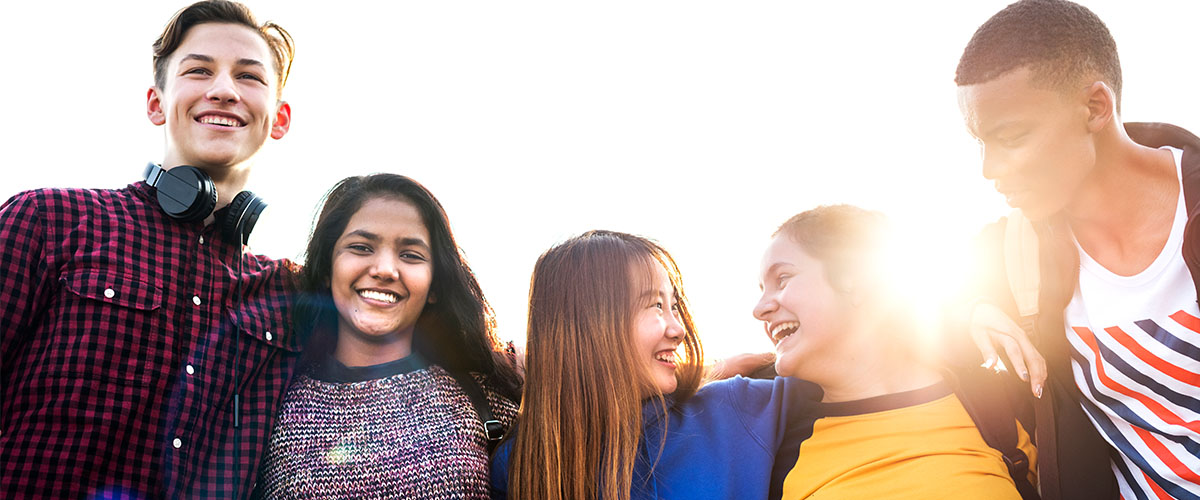A CDC report on middle and high school students in Washington shows rates of cannabis use declined or stabilized following the legalization of recreational cannabis.
A new report released by the nation’s leading public health organization found that youth in Washington, where adult-use cannabis became legal in 2012, are consuming cannabis less or at the same rate as they were prior to legalization.
The Center for Disease Control and Prevention released the report in early October using statistics obtained by analyzing student behavior trends from 2004 to 2016. According to the report’s authors, the primary goal of the report was to guide the planning of activities aimed at reducing marijuana use by youths and to inform ongoing policy development.
The report’s statistics come from public school students in King County, which encompasses Seattle and is the state’s most populous county. The county health organization assessed trends and characteristics of past 30-day cannabis use among students sixth, eighth, tenth and 12th grades.
Following 2012 legalization of retail marijuana sale to adults in Washington, past 30–day marijuana use decreased or remained stable through 2016 among King County students in grades 6, 8, 10, and 12.
Reasons for the decline and stabilization rates among youth in Washington are debatable, but researchers point to two theories.
“Although the relationship between legal adult recreational use and youth use is not well understood, two possible reasons for the observed decline in youth use include reduction of illicit market supply through competition and loss of novelty appeal among youths,” the report’s authors wrote.
Highlights From the Report
Among the findings in the CDC report on rates of teen marijuana use following legalization were:
- From 2004–2016, occurrences of past 30-day marijuana use was lowest among sixth graders and increased with school grade level
- In overall past 30–day marijuana use in 2016, sixth graders use rates were at 0.6 percent of, eighth graders rates were at 4.1 percent, tenth graders use rates were at 13.9 percent and 12th graders use rates were at 25.5 percent.
- Among sixth grade students, past 30-day marijuana use declined significantly, from 1.3 percent in 2004 to 0.6 percent in 2016.
- Among tenth grade males, rates of past 30-day marijuana use increased from 17.6 percent in 2004 to 21.4 percent in 2010 prior to legalization, then dropped to 13.5 percent in 2016.
- Among tenth grade female students, there was no change in the occurrence of past 30-day use, which remained approximately 16 percent from 2004-2016.
- Among those tenth graders who consumed marijuana in the past 30 days, rates of use of other substances were four times higher than among those who had not.
- Among those tenth grade students who reported marijuana use in the past 30 days, occurrences of past 30-day use of other substances were as follows; alcohol (67 percent), cigarettes (24 percent), e-cigarettes or vape pens (43 percent), and of binge drinking (43.5 percent).
Data from King County, Washington shows youth use of #marijuana has declined. However, fewer kids view it as harmful. Learn about different factors that may increase youth risk of using marijuana. https://t.co/AaelaayYoA pic.twitter.com/zXqoUksEbS
— MMWR (@CDCMMWR) October 4, 2019
To gather information for the “Trends and Characteristics in Marijuana Use Among Public School Students — King County, Washington, 2004–2016” report, researchers utilized biennial data for 2004-2016 from the Washington State Healthy Youth Survey. View the CDC report in full, here.
Youth Found to Use Less Marijuana After Legalization
The CDC report adds to a growing body of evidence that suggests that cannabis legalization does not cause an increase in use rates for teens. A 2019 study on more than one million U.S. high school students showed teen marijuana use is declining.
The report was published in the journal JAMA Pediatrics and found that in states with recreational marijuana legalization, there was an eight percent decrease in the odds of youth marijuana use, and a nine percent decrease in the odds of frequent use.
More On Cannabis
Washington is one of 11 states to legalize recreational marijuana. See marijuana laws across the U.S. in our Marijuana Legalization Map.
Want more news on cannabis research studies, business, and policy? Visit our news page to find weekly reports on cannabis news.






